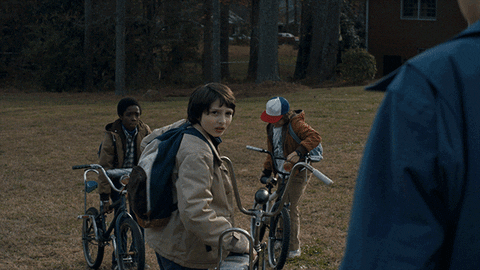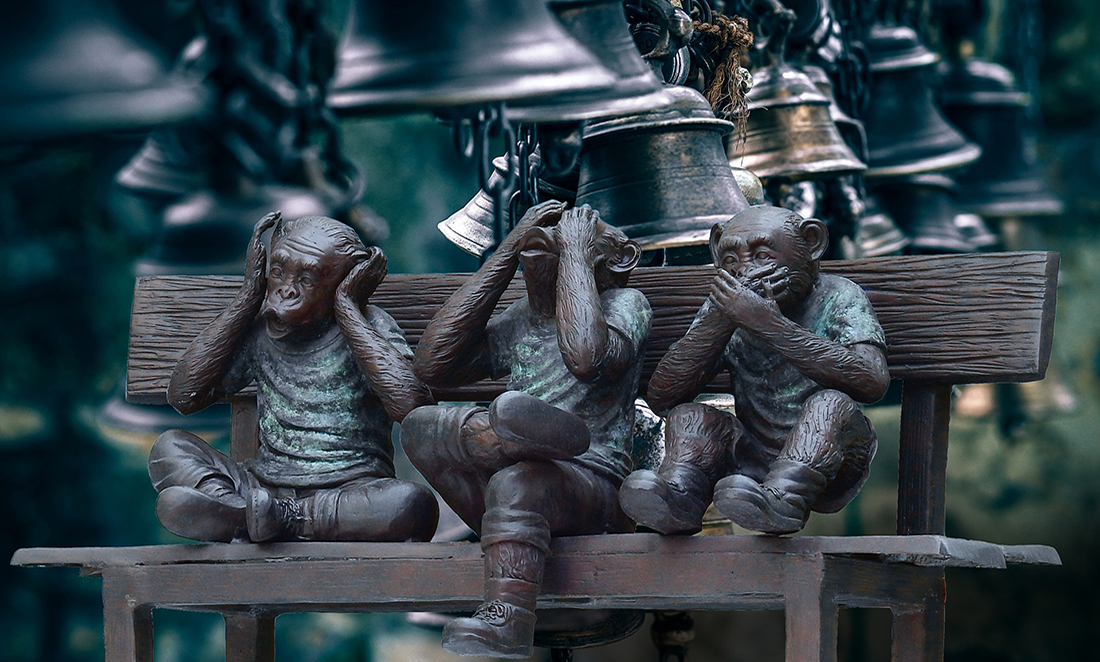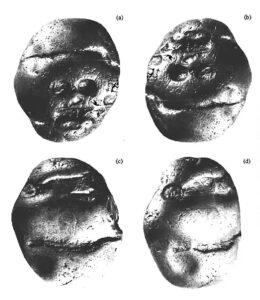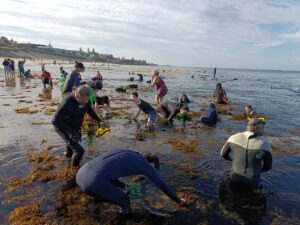What’s the worst sound in the world? For you it might be a baby crying, nails on a chalkboard or an annoying sibling’s voice. But which sound really takes the title?
Sound travels as waves of energy that are measured in hertz (Hz), which is the number of waves per second.
If two sound waves are played at the same volume, the one that is higher pitched will hit you with more energy.
But high pitched sound waves aren’t very good at passing through solid objects. As a result, it’s easy to insulate a room against high pitched sounds but much harder to insulate against low pitch sounds.
Scraping the surface
In 2012, a study of 13 volunteers at Newcastle University, ranked the unpleasantness of different sounds. The study showed higher frequency sounds to be the most unpleasant.
The very worst? A knife scraping against a bottle.

The study was pretty small, so this probably isn’t the worst sound in the world. Can we beat it?
Dr Jordan Lacey researches soundscape design at RMIT. His research involves transforming our city spaces to reduce noise pollution.
“Sound isn’t something you can just look at objectively. It also affects our bodily and emotional states,” says Jordan.
“Sound has a special place in our hearts because of music but sound can also be used negatively, even insidiously.”
Sound of the police
The Mosquito is one device that takes advantage of our dislike of high-pitch sounds.
As we become adults, the top range of our hearing decreases from around 20,000Hz to 15,000Hz. The Mosquito takes advantage of this to stop loitering, by playing a deterrent tone at 17,000Hz to target teenagers.
The sound is so bad there have been reported cases of physical illness, even by adults who cannot hear it.
Another contestant for worst sound is the Long Range Acoustic Devices (LRADs) that release a beam of sound at 2,000-3,000Hz which is as loud as a jet engine. Police officers infamously used the LRADs (aka sound cannons) to disperse Black Lives Matter protestors in the US.
According to the police, LRADs are allegedly safer alternatives to pepper spray and tear gas.
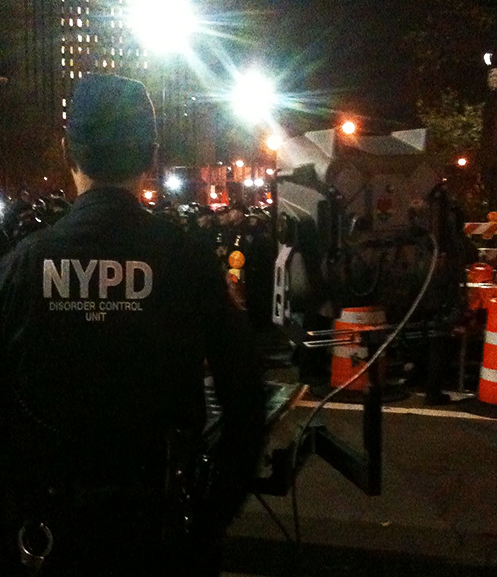
But because they’re such a new weapon, there’s a lack of research on how LRADs affect our health.
“There’s no legislation yet saying what situations the police can use LRADs in or the acceptable levels of noise. Sound is invisible, so it’s easy to dismiss it as not having an effect but that’s not the reality,” says Jordan.
US courts are now ruling on lawful LRAD use, but they don’t take our ‘Worst Sound’ title.
Road warriors
In Western Europe, one million years of good health are lost to the noise pollution of traffic. Jordan works on this noise pollution in Australian cities.
“The government builds noise walls around motorways. That cuts down the noise but it’s still unpleasant. Instead, I’m trying to smooth out the frequency spectrum,” Jordan says.

His work uses biophilic design – meaning designing things based on humans’ love of the natural. The goal is to turn a busy motorway into an environmental sound.
“Sudden noises like acceleration and air brakes are more distracting, so by smoothing out the frequency spectrum we lessen their impact. It doesn’t remove the noise, but it makes it easier to listen to.”
So as it turns out, your car may be the worst sound in the world.
Better get a bike!
